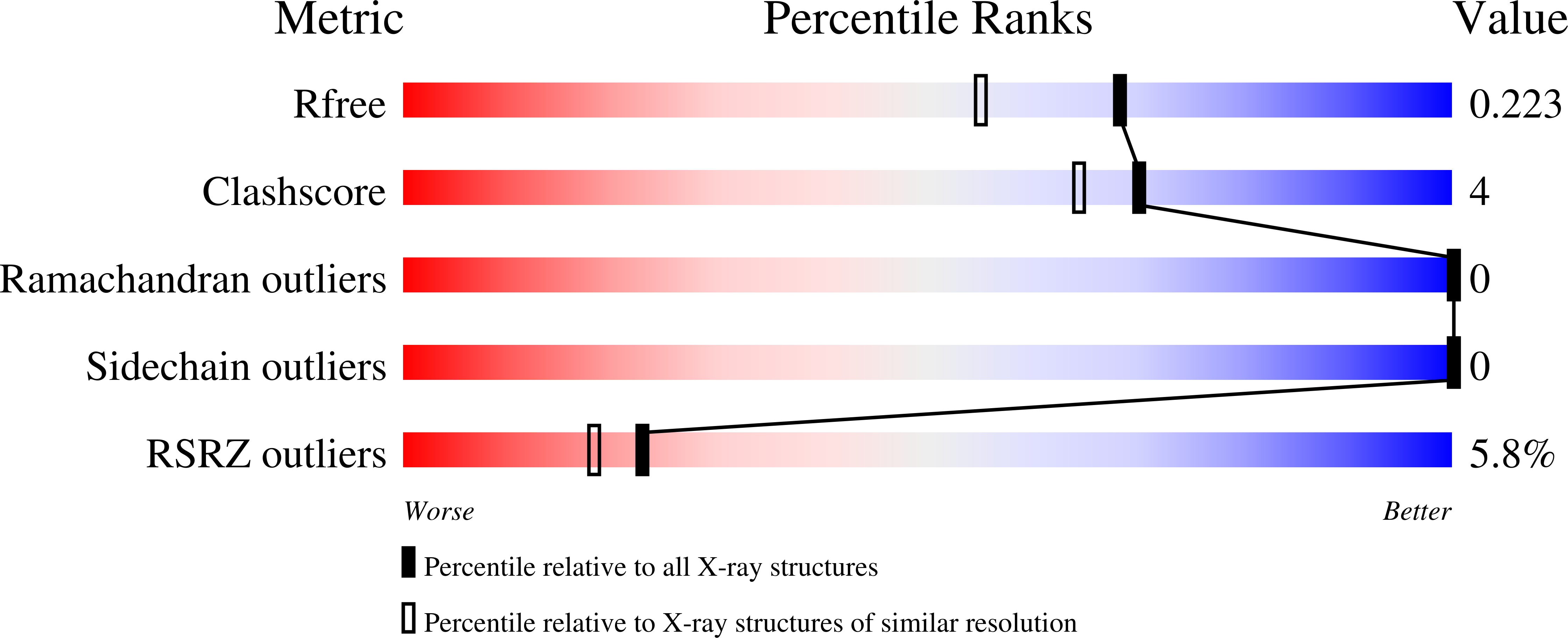
Deposition Date
2023-06-15
Release Date
2024-06-26
Last Version Date
2025-01-08
Entry Detail
PDB ID:
8PFA
Keywords:
Title:
X-ray structure of the Thermus thermophilus K167R mutant of the PilF-GSPIIB domain in the c-di-GMP bound state
Biological Source:
Source Organism:
Thermus thermophilus HB27 (Taxon ID: 262724)
Host Organism:
Method Details:
Experimental Method:
Resolution:
1.80 Å
R-Value Free:
0.22
R-Value Work:
0.18
R-Value Observed:
0.19
Space Group:
H 3


